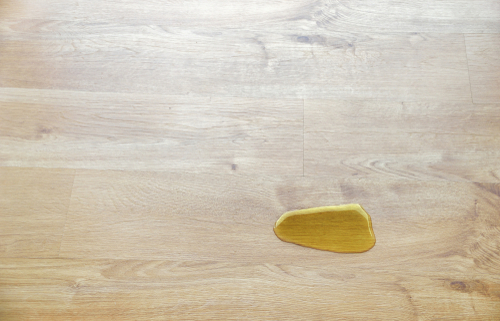Signs of a Jealous Dog & What to Do About It
According to an official study on animal behavior that focused specifically on jealousy in dogs, they do display envy. If your dog appears to be put out whenever a person, baby, or another dog is around, chances are that they may be experiencing jealousy. There are some specific signs to look out for and the good thing is that it is possible to teach everyone to get along just fine. Let’s look at these signs of jealousy in dogs below.
- Doing tricks without commands. Has your dog ever performed a trick without prompting? This is a clear sign that they want your attention!
- Aggressive behavior. In many cases, your dog will display aggression towards the object of their envy.
- Resource guarding. If a new person or animal enters the scene, something in their primal brain tells your dog it might take away these much-loved resources.
- Destructive behavior. In addition to showing aggression directly toward whoever is causing them to feel envy, your dog might take out their worries on your furniture.
- Inappropriate toileting. Going to the bathroom indoors can be frustrating, but this is a clear sign and a form of communication; your dog is jealous.
Now that we understand the signs of a jealous dog, it is time to talk about how we can address these behaviors. First, you should never reward envious behavior. With a dog, any attention is good attention. If your dog is struggling to get the love that they desperately desire, it will be happy to receive a scolding, just if you are paying attention to them. You should also consider additional training. It will re-strengthen your bong to each other and reaffirm which actions are wanted or unwanted.
While a jealous dog can be frustrating to deal with, being confident in your position as a pet parent and being intentionally fair will see you through. Make sure you schedule playtime, exercise and petting into your daily routine, even if there is a new addition to your home. If you try these tips, never hesitate to speak to a dog behaviorist.



